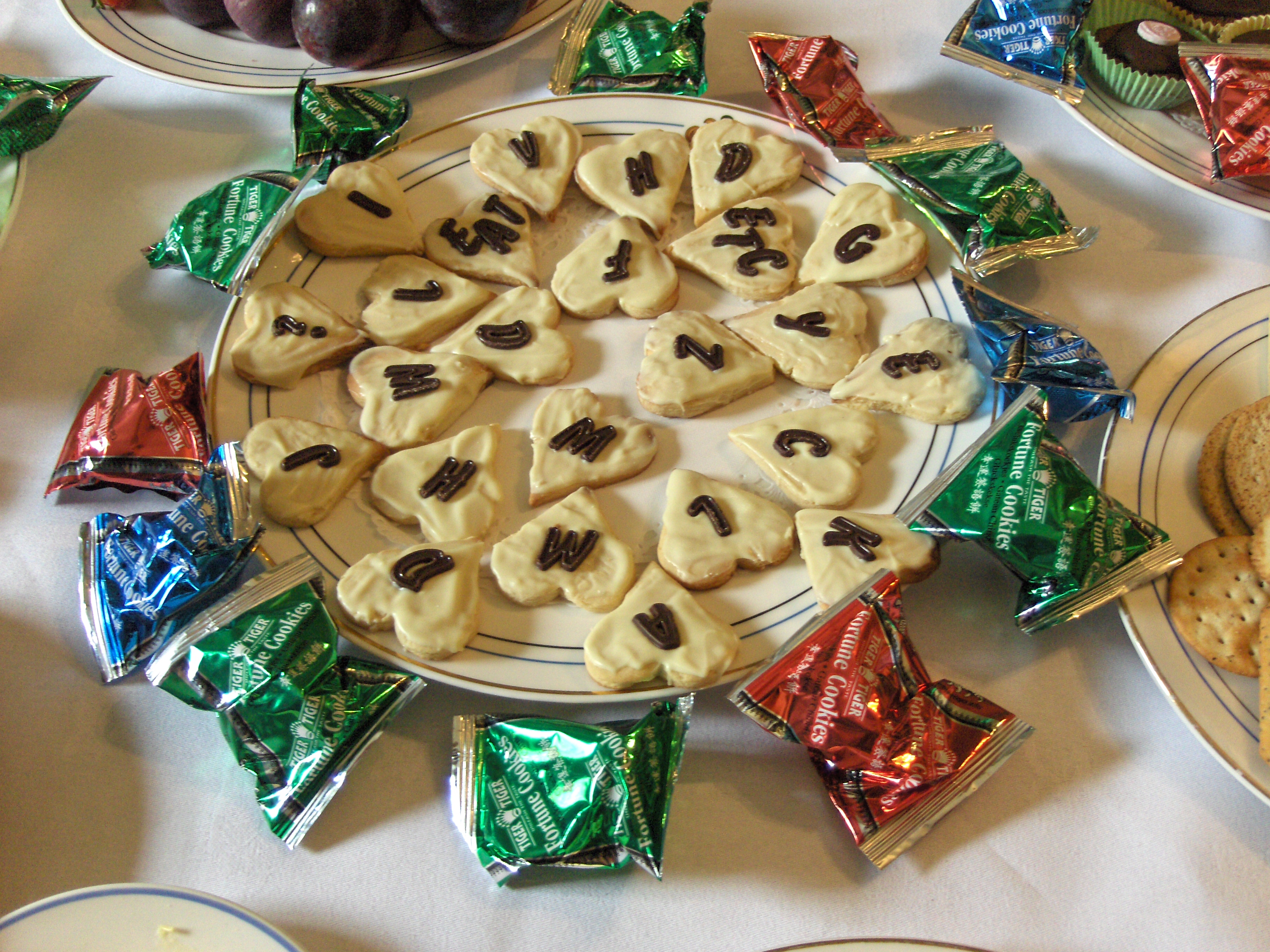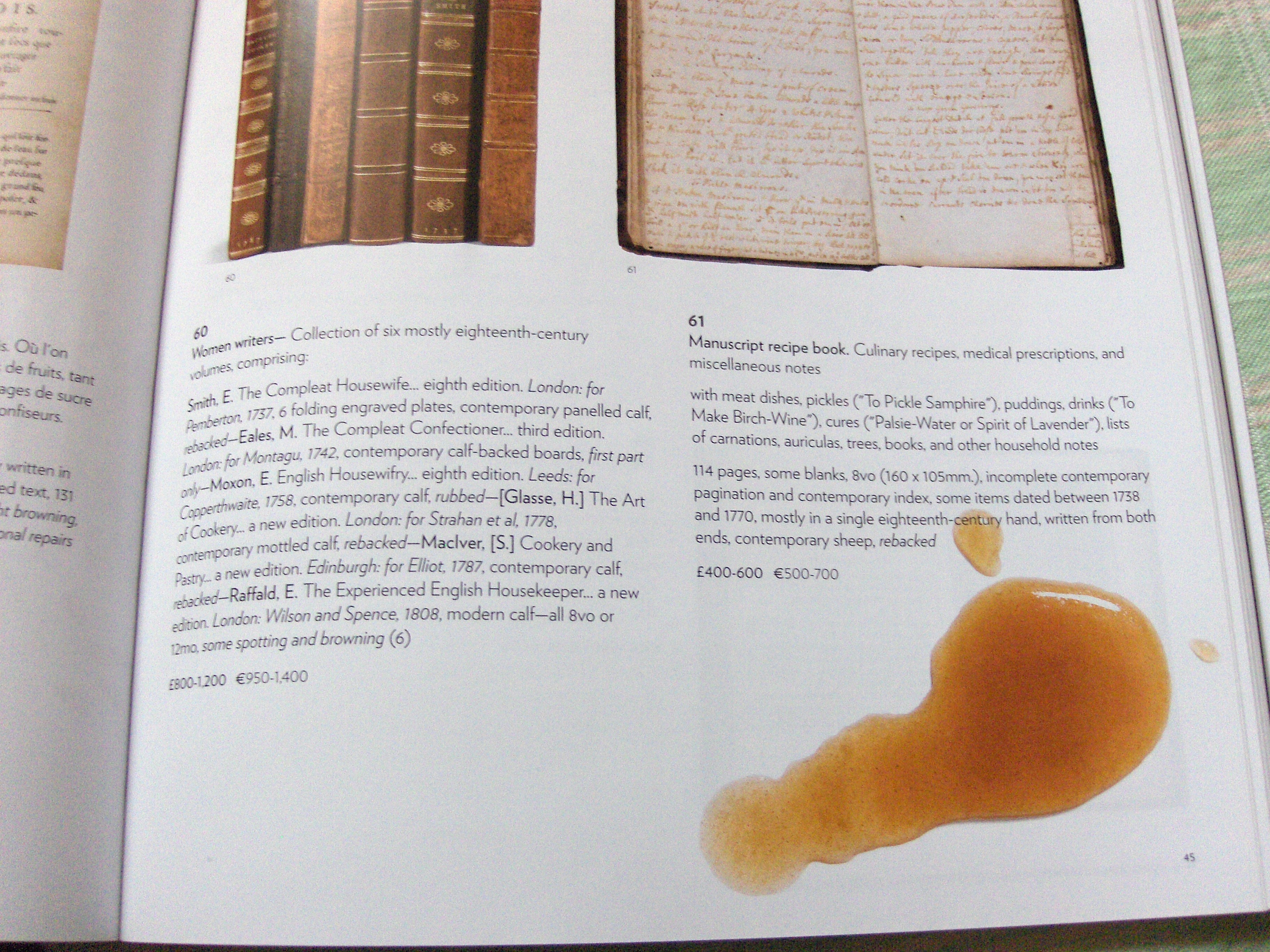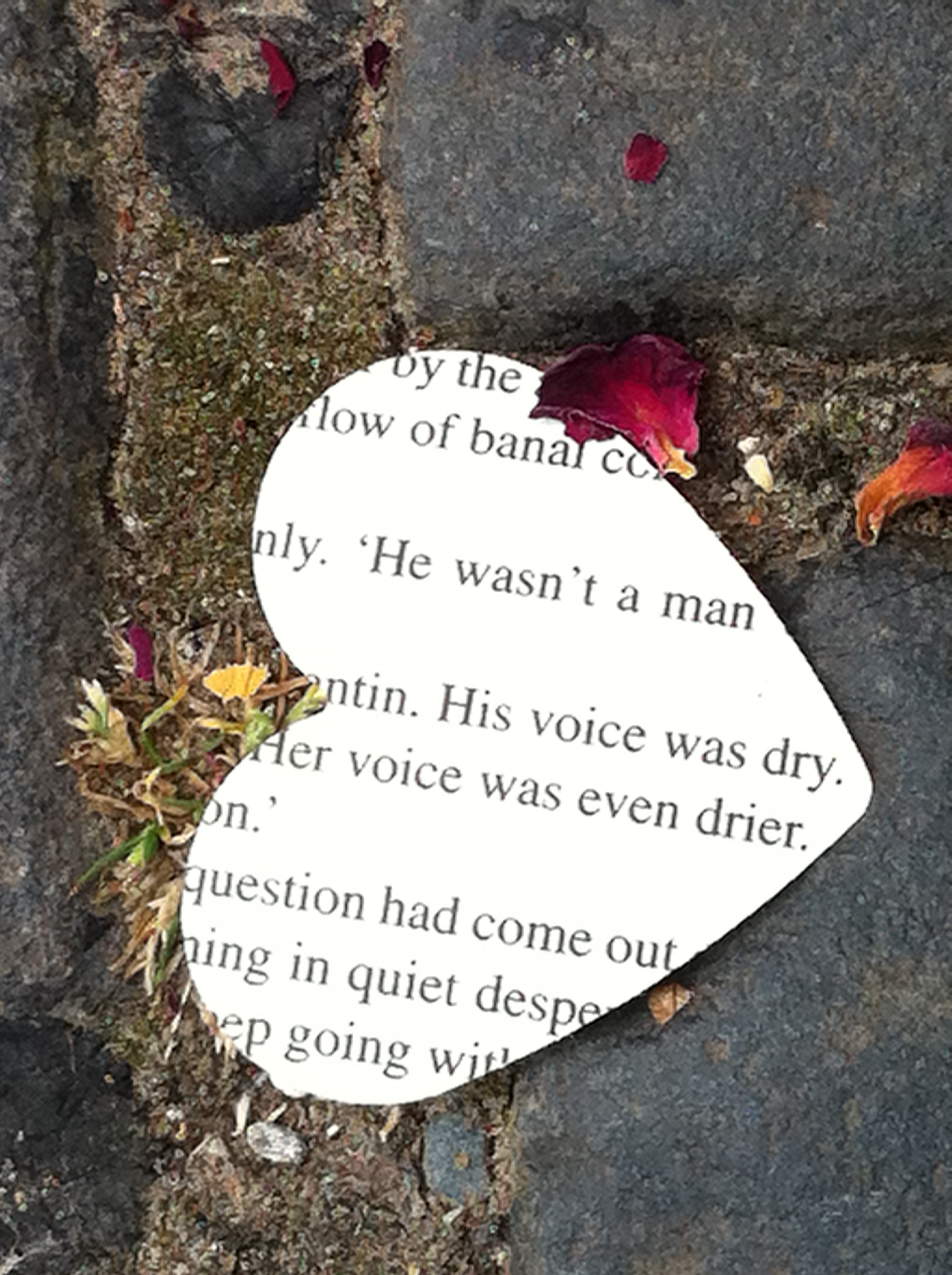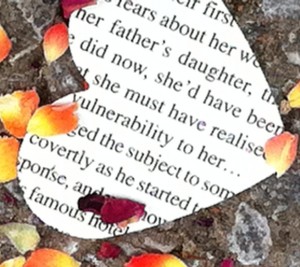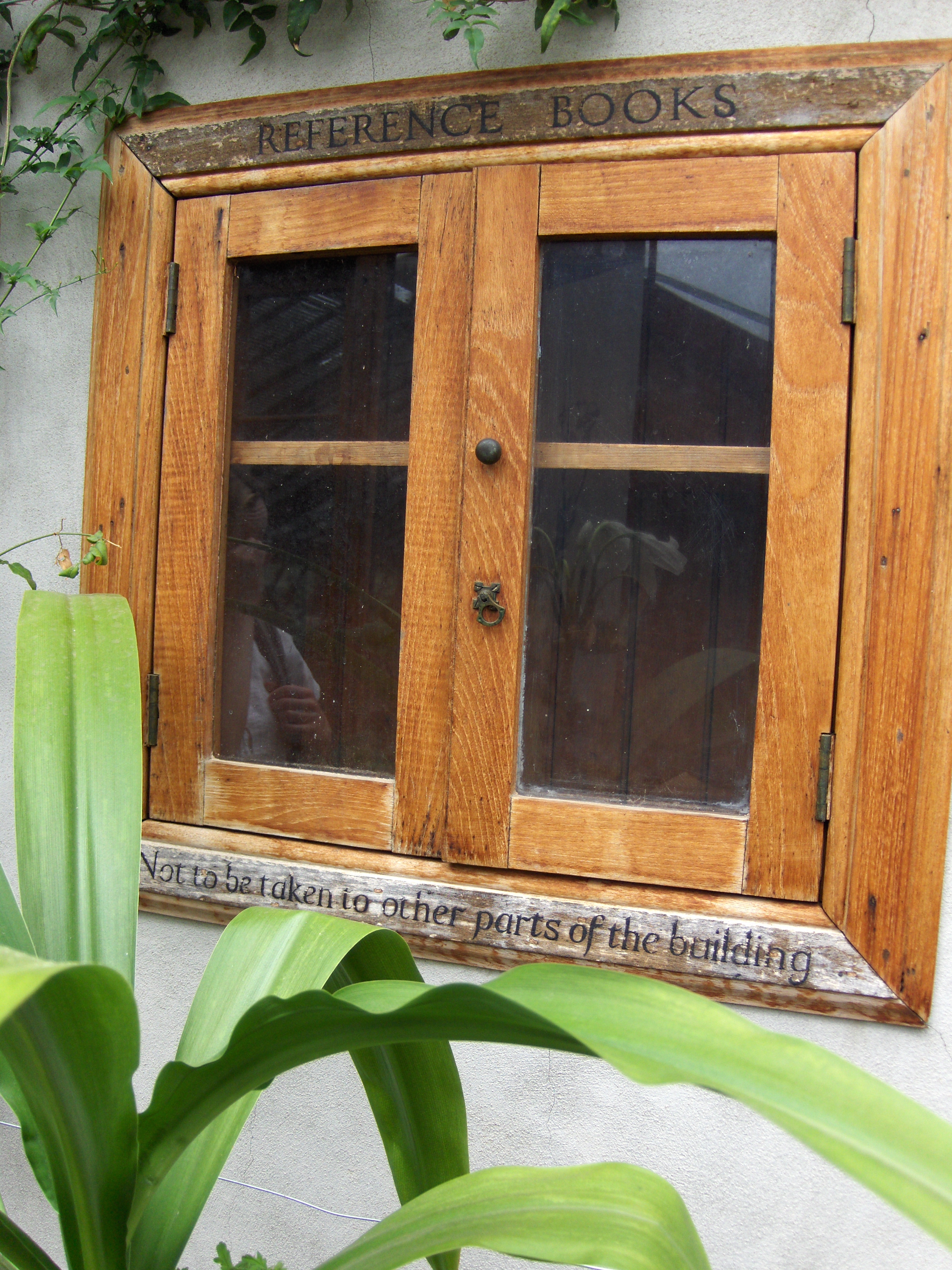The ‘Books and Babies’ exhibition in Cambridge’s University Library (see Jason’s post below) chimes nicely with the theme of a conference I attended last week in Washington, D.C. The 19th annual conference of the Society for the History of Authorship, Reading, and Publishing (SHARP) brought together papers from scholars, teachers, librarians, rare book dealers, and others, focussed around issues of ‘The Book in Art and Science’. Such a theme obviously generated a lot of interest from historians of science; the first keynote lecture, given by Jonathan Topham of the University of Leeds, considered ‘Why the History of Science matters to Book History’, and the rest of the conference saw presentations on seventeenth-century midwifery texts, the history of botanical illustration, the development of nineteenth-century scientific journals, wartime medical text books, and prehistoric beasts in children’s literature, amongst a great many others. I received the most unusual lecture ‘hand-out’ I have yet experienced, a miniature envelope of old American postage stamps, each one related to the history of medicine.
Across many of the arts and humanities disciplines, discussions and debates about the ever-evolving digital world and its relationship to us and to non-digital media are commonplace at the moment. The atmosphere at the SHARP conference was no different, and many conversations were had about the advantages and disadvantages of the different manifestations of digital media in and beyond academia (is Twitter a good way to communicate about and participate in conference proceedings, for example…?).
One of the most interesting cases was brought by Mark Curran and Simon Burrow of the University of Leeds, who have created the French Book Trade in Enlightenment Europe project, a database which collates information about the Société Typographique de Neuchâtel (STN), a celebrated European publishing house which operated between 1769 and 1794. Hundreds of diligent hours have resulted in an online resource (to be made freely available to all imminently) which ‘tracks the movement of around 400,000 copies of 4,000 books across Europe. It details, where possible, the exact editions of these works, the routes by which they travelled and the locations of the clients that bought or sold them’. The possibilities offered by this resource are numerous, and the project overview, available here, gives a sense of the almost overwhelming potential of the database. Speaking in the final plenary session at the conference, on ‘Digital Technology’, Curran surprised (and shocked, I think) many in the audience by revealing that although he had dedicated the last five years of his life to this project he is much more excited, ultimately, about the book he is writing. Digital resources are great tools, he reminded us, but they are not in themselves the end of the story. Such tools can be employed to assist us in the creative and dynamic processes of academic research, but in these enthusiastic times of fast-paced digital development, there is sometimes a danger that such tools can be viewed as ends in themselves.
(CMT members: Mark Curran will be taking up the Munby Fellowship in Bibliography in October 2011, so you may get to meet him in person and debate all things digital with him soon!)
